3D BiTT
In going with the designs posted from Feb. 13th, the new
transformer is up and running. Shown as follows, it is
constructed with silicon - manganese steel alloy.
[ Performance Video ]
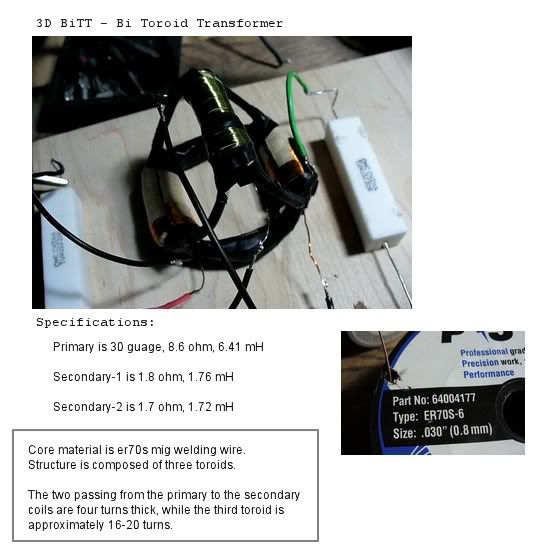
In going with the designs posted from Feb. 13th, the new
transformer is up and running. Shown as follows, it is
constructed with silicon - manganese steel alloy.
[ Performance Video ]

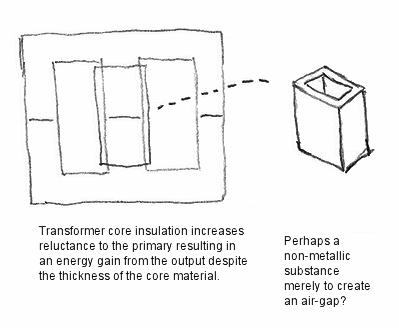


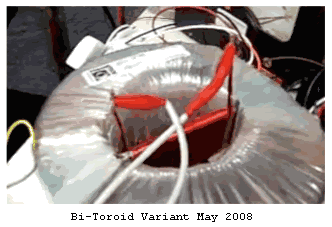
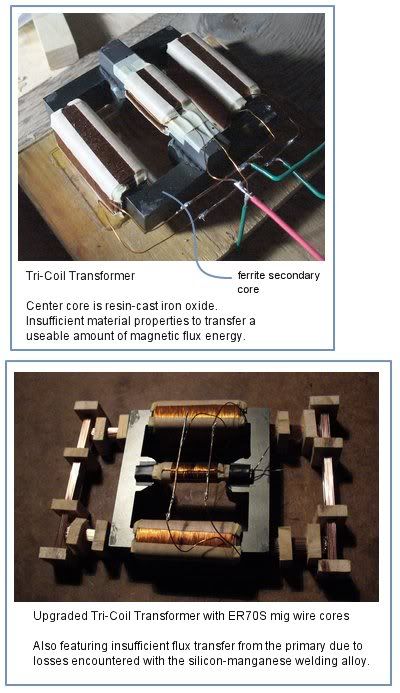

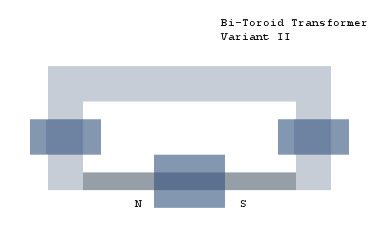
Comment